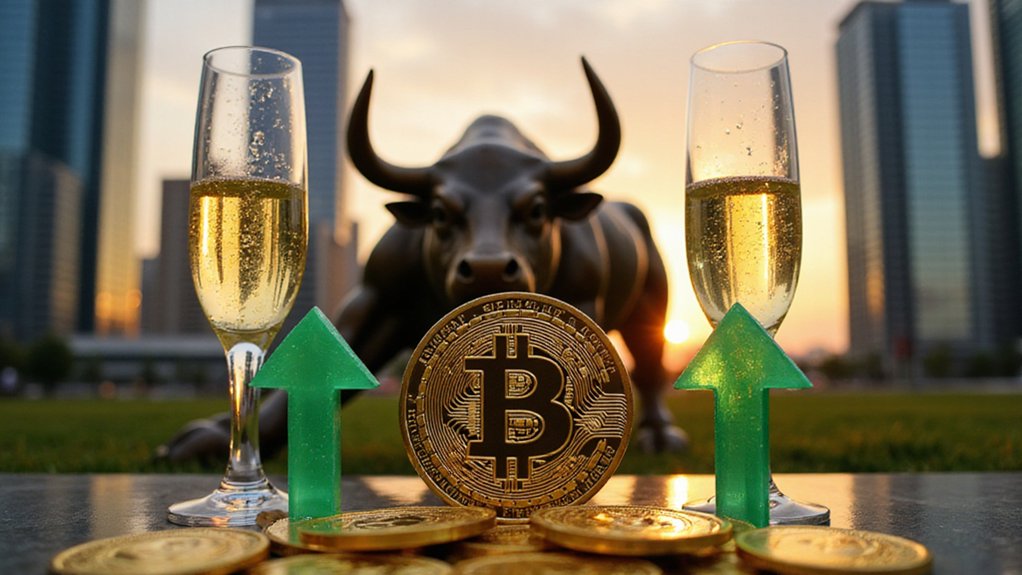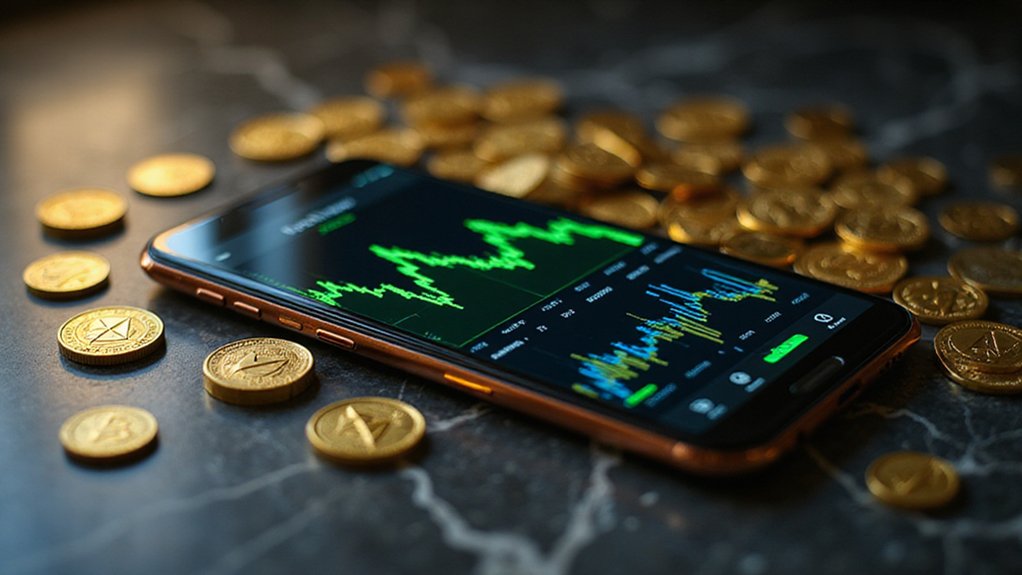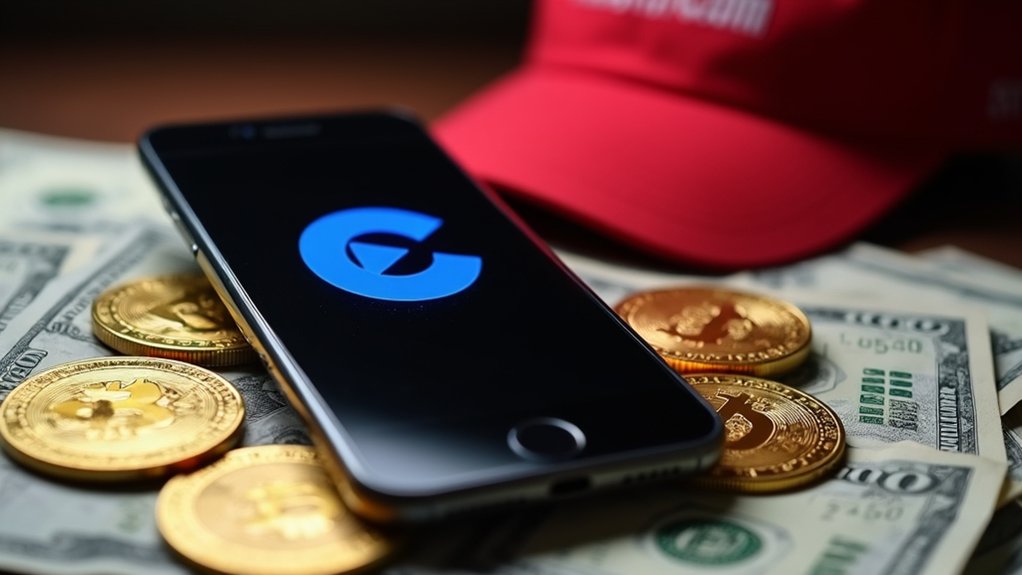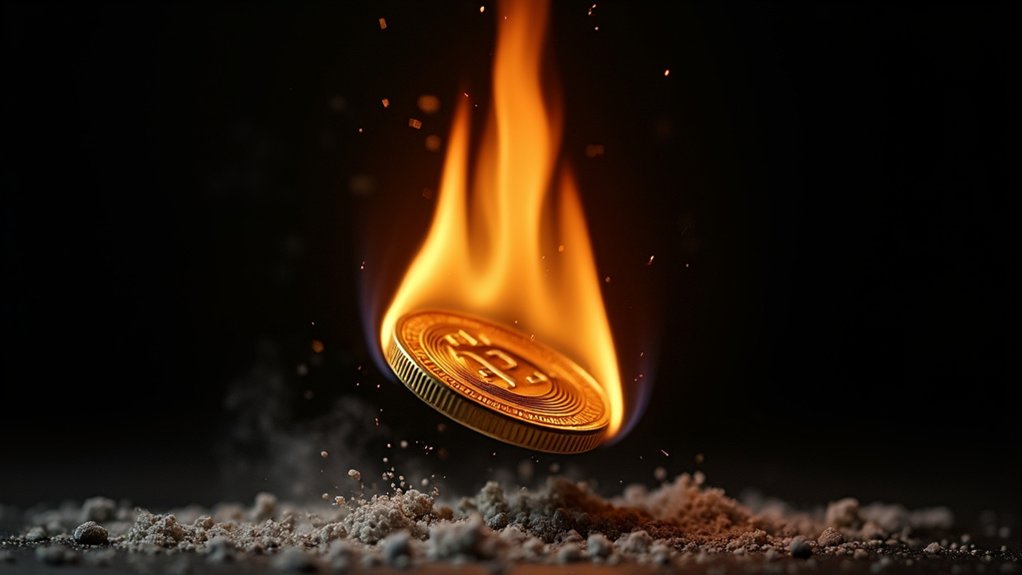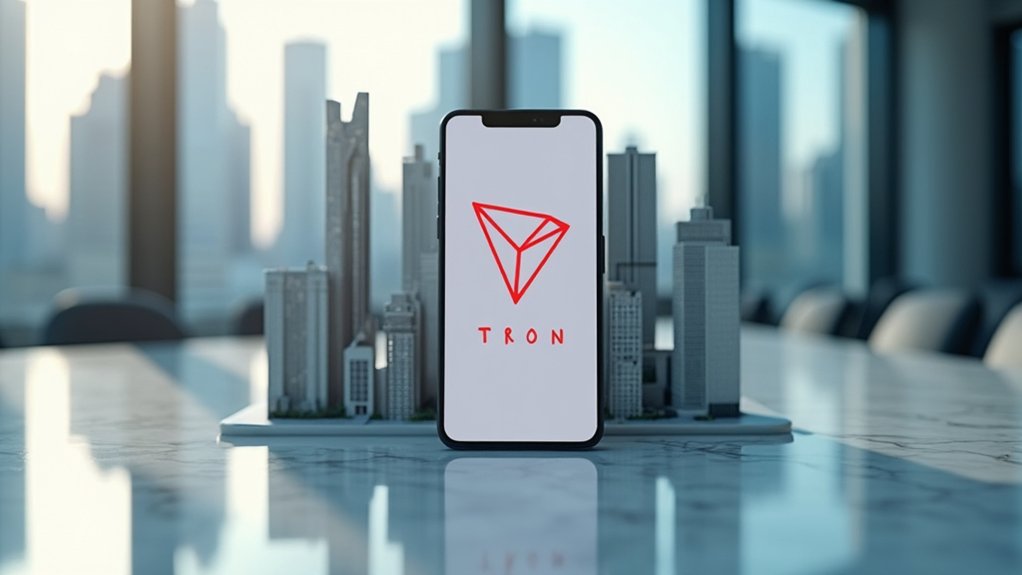The digital metamorphosis of traditional assets—a phenomenon that would have seemed like science fiction to previous generations of investors—has accelerated into what can only be described as a full-scale tokenization boom, with the global asset tokenization market projected to leap from $3.38 billion in 2024 to a staggering $10.65 billion by 2029.
At the epicenter of this transformation, four cryptocurrencies have emerged as the infrastructure backbone supporting this revolutionary shift: Ethereum (ETH), Solana (SOL), Ripple (XRP), and Chainlink (LINK).
Four digital titans now anchor the tokenization revolution, transforming how humanity conceptualizes ownership and value in the modern economy.
The numbers alone tell a compelling story of institutional awakening. Real-world assets (RWAs) have already surpassed $50 billion in on-chain representation, with forecasts suggesting a trajectory toward $500 billion by year-end 2025.
This surge—driven by tokenized private credit commanding 58% market share and US Treasury debt capturing 34%—represents more than mere financial innovation; it signals a fundamental reimagining of how assets are owned, traded, and valued.
Ethereum continues to serve as the foundational layer for most tokenization projects, its smart contract capabilities providing the automated execution framework that transforms illiquid assets into divisible, tradeable tokens.
Solana’s high-throughput architecture addresses the scalability concerns that have historically plagued blockchain-based financial products, while Ripple’s focus on cross-border settlements aligns perfectly with tokenization’s promise of frictionless global asset transfers.
Perhaps most intriguingly, Chainlink’s oracle network solves the critical bridge problem between off-chain asset valuations and on-chain representations—a technical hurdle that once seemed insurmountable.
The integration of blockchain and artificial intelligence promises to accelerate this trend further, creating increasingly sophisticated mechanisms for asset verification and price discovery.
The regulatory landscape, while still evolving, has provided sufficient clarity to fuel institutional adoption.
The SEC’s recognition of RWAs as securities, combined with proposed frameworks like the GENIUS Act, offers the regulatory certainty that traditional financial institutions require before committing significant capital. Beyond regulatory clarity, tokenization platforms must integrate compliance modules that support jurisdiction-specific rules for investor verification, ensuring adherence to varying international standards.
From real estate to commodities, from intellectual property to collectibles, tokenization is democratizing access to previously exclusive asset classes. This transformation enables fractional ownership of high-value assets, lowering financial barriers for investors and increasing accessibility to investment opportunities globally. Unlike traditional stock markets that operate during fixed hours, tokenization leverages 24/7 markets that provide continuous liquidity and trading opportunities for global investors.
This isn’t merely about technological capability—it’s about reshaping the fundamental architecture of global finance, one token at a time.

